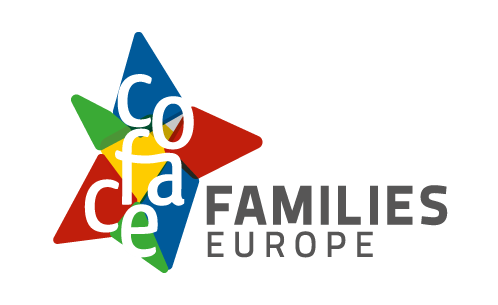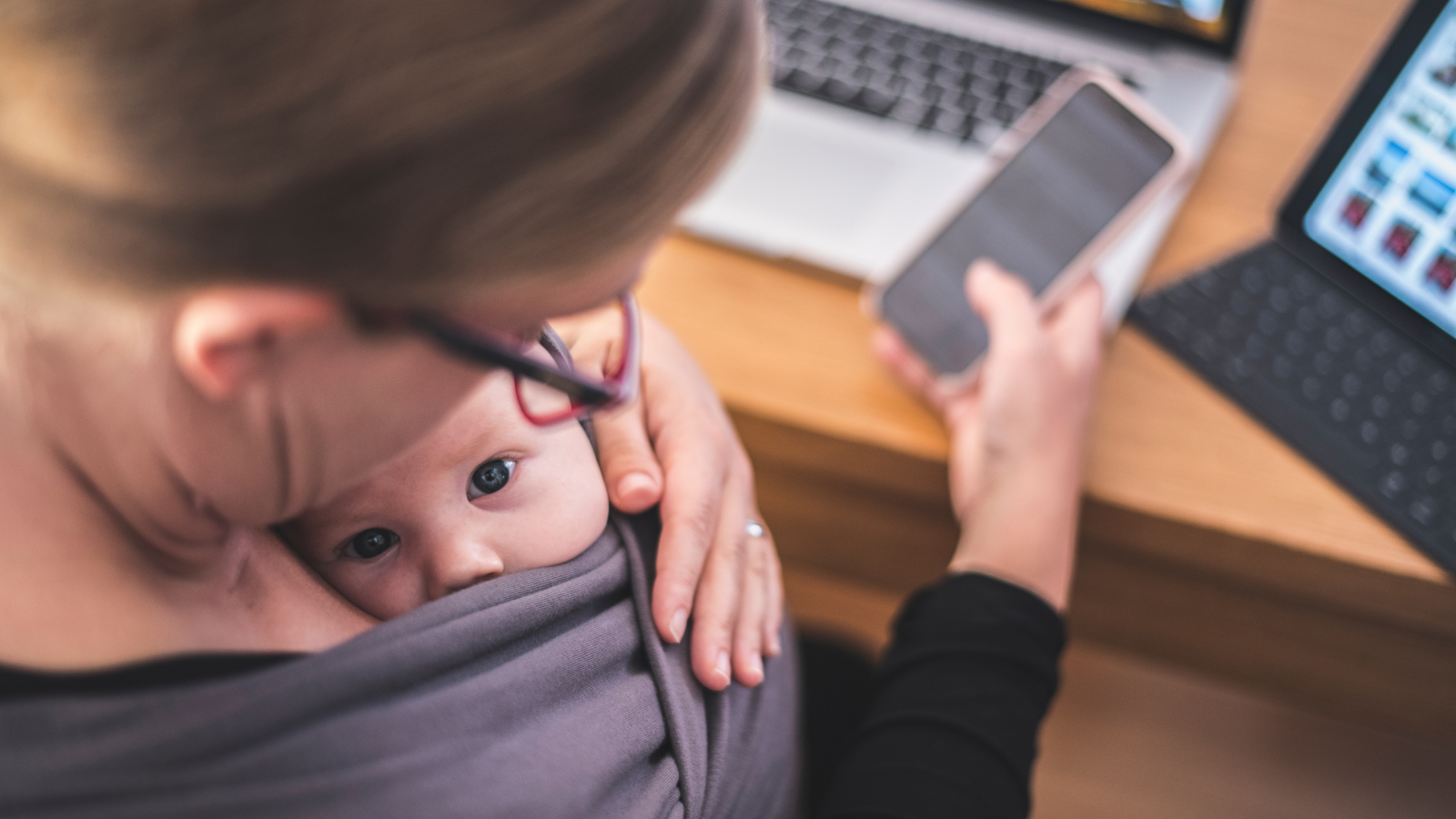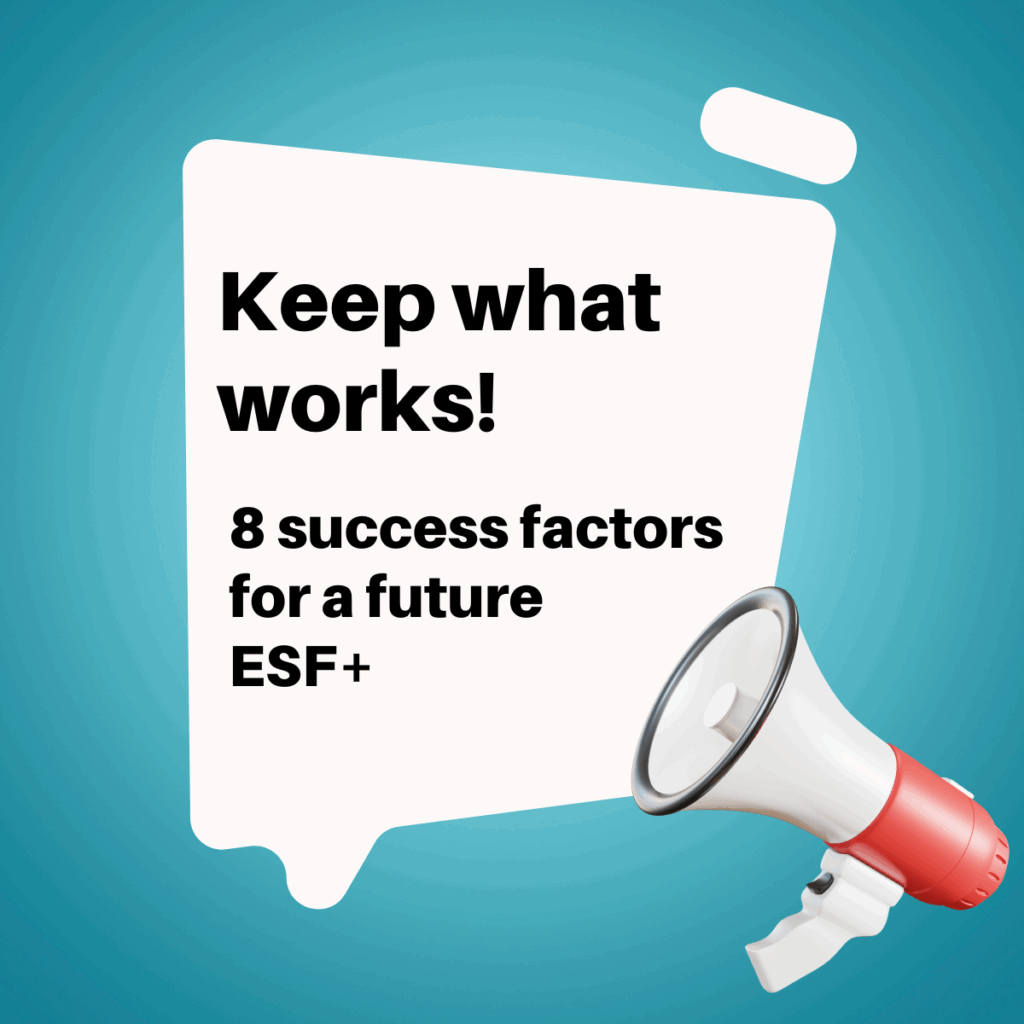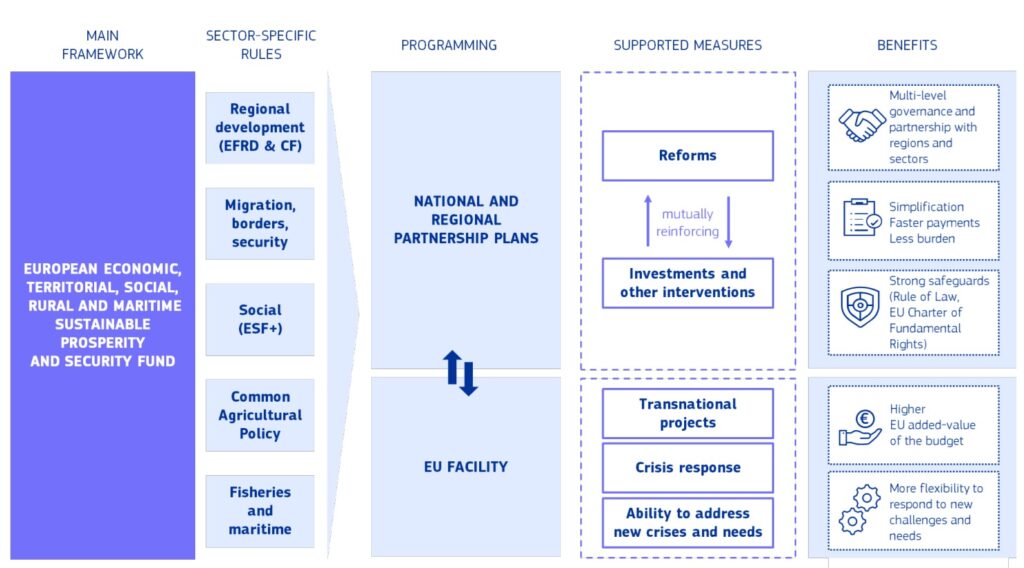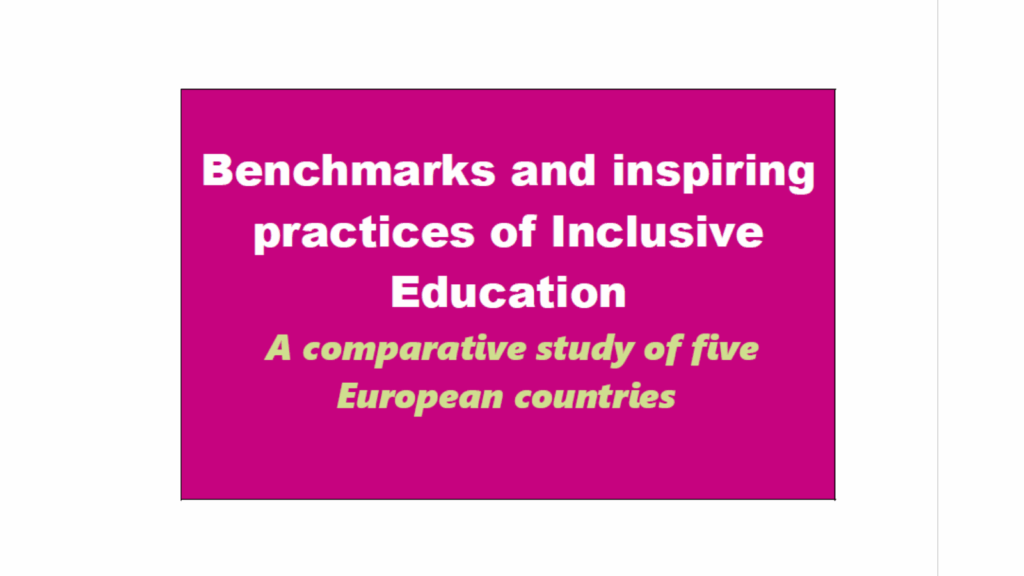Media Release
Brussels, 8 March 2024
On the occasion of International Women’s Day 2024, COFACE Families Europe is calling on EU policymakers and employers to take concrete and effective measures to close the gender employment gap in the EU. Women’s participation in employment is significantly affected by motherhood, with negative consequences for their health, for families and the economy. Traditional gender norms play a huge role in maintaining these inequalities. The Horizon Europe project PATHS2INCLUDE, with COFACE as an integral partner, is investigating the extent to which gender norms account for the gender and motherhood employment gap across Europe.
The gender employment gap is defined as the difference between the employment rates of men and women aged 20-64. In 2019, the EU set a goal to halve the gender employment gap by 2030. However, according to Eurostat, in 2022, only one in five EU regions had already met the target set at 5.8 percentage points (pp) and only two EU regions registered a higher employment rate among women (The Capital Region of Lithuania and South Finland). The EU’s gender employment gap was 10.7 pp, only 0.2 pp lower than in 2021.[1]
Different reasons are behind the persisting gender disparities in employment, such as the lack of accessible early childhood education and care services, imbalanced care responsibilities, discrimination in hiring, occupational segregation, and scarcity of women in leadership. Parenthood is clearly one of the causes of the gender employment gap. In 2021, 77% of women aged 25-54 without children were employed in the EU while women in the same age group with children had a lower employment rate (72%). What is particularly striking is that children had the opposite impact on the employment rate of men in the same age group: men with children had a higher employment rate (90%) than men without children (81%). If we compare men and women, the gender employment gap reached 4 pp among people without children and went up to 18 pp among those with children.[2] These numbers send a clear message: women’s participation in employment is significantly affected by motherhood.
Sociologists developed the term “motherhood penalty” to refer to the disadvantages encountered by mothers in the labour market, perceived as less competent, less committed to paid work, less suitable for hire and promotion and deserving lower starting salaries compared to women with equal qualifications who are not mothers. Thus, mothers may experience disadvantages in terms of hiring, pay, and daily job experience.
In the EU, data from 2022 shows that 28% of women in employment were working part-time in comparison to only 8% of men. Women represent the highest share of part-time workers in all occupational categories with the highest numbers (48%) in the cleaning and food sector.[3] Often, part-time work is not a choice but a response to family responsibilities which are unequally shared within couples. A recent study by Princeton University and The London School of Economics and Political Science (LSE) on the effects of motherhood on women’s employment across 134 countries, shows that the responsibility of caring for young children, which is essentially a full-time job, disproportionately falls on women.[4] According to the World Economic Forum’s Global Gender Gap Report 2022, men spend just a third of the time women spend on unpaid work.[5] The study by Princeton and LSE shows that in rich countries, 80% of the disparity in labour force participation between women and men can be explained by women exiting the workforce after the birth of their first child. Consequently, mothers who remain in employment, face the risks of experiencing mental health issues and overwork twice as much as men.
As we have seen, barriers to join and remain in the labour market are often amplified by the intersection of gender and motherhood, but not only. Additional factors, such as for example racial or ethnic origin, religion or belief, disability, age, or sexual orientation, can exacerbate the situation of mothers and lead to significant detrimental economic and social consequences for mothers.
Annemie Drieskens, President of COFACE Families Europe said: “Many women either leave or reduce their participation in the labour market to care for their family. This “gender care gap” perpetuates a vicious cycle and explains why so few women occupy top positions, why there is a pay and a pension pay gap and why women are more at risk of poverty. The situation is even worse for mothers with disabilities or caring for children with disabilities, they face higher discrimination in hiring and are more at risk of social exclusion. It is high time to better share the care and realise that family is teamwork!”
Traditional gender norms play a huge role in maintaining these inequalities. The Horizon Europe project PATHS2INCLUDE is investigating the extent to which gender norms account for the gender and motherhood employment gap across Europe. Researchers are measuring gender norms through questions on gender role beliefs from individual surveys from the European Social Survey and the World Values Survey. The analysis aims to assess the impact of traditional and non-traditional gender norms on the decision to work, on the type of jobs most typically held by women, and how much caring responsibilities and aspirations (or lack thereof) are a burden in the establishment of women in the labour market.
Subscribe to the project’s newsletter to stay up-to-date with the latest research updates.: https://bit.ly/45sU2xb
//ENDS
[1] Eurostat. (2023, 28 November). Gender employment gap still persists in 2022. https://ec.europa.eu/eurostat/web/products-eurostat-news/w/ddn-20231128-1
[2] Eurostat. (2023, 2 March). Gender employment gap larger for parents in 2021. https://ec.europa.eu/eurostat/en/web/products-eurostat-news/w/edn-20230302-2
[3] Eurostat. (2023, 3 March). Share of women working part-time higher than men. https://ec.europa.eu/eurostat/web/products-eurostat-news/w/EDN-20230303-1
[4] The Economist. (2024, 30 January). How motherhood hurts careers. https://www.economist.com/interactive/graphic-detail/2024/01/30/how-motherhood-hurts-careers
[5] World Economic Forum. (2022, July). Global Gender Gap Report 2022. https://www3.weforum.org/docs/WEF_GGGR_2022.pdf
Note to the editor
- COFACE Policy Brief – Early childhood education and care: A tool for child education, reconciliation of work and family life, and a caring and inclusive economy. (2023)
- European Commission Joint Research Center, Increasing early childhood education and care participation can promote women’s employment (2023)
- Fahlén, S. (2016). Equality at home – A question of career? Housework, norms, and policies in a European comparative perspective. Demographic research, 35, 1411–1440. https://doi.org/10.4054/DemRes.2016.35.48
- Family is TeamWork! Joint international campaign of COFACE and UNFPA-EECA #FamilyTeamWork – Join the movement and get the conversation started in your family about the equal sharing of caring and household tasks | COFACE Families Europe (coface-eu.org)
For more information, please contact Bettina Guigui, Senior Communication Officer bguigui@coface-eu.org.

